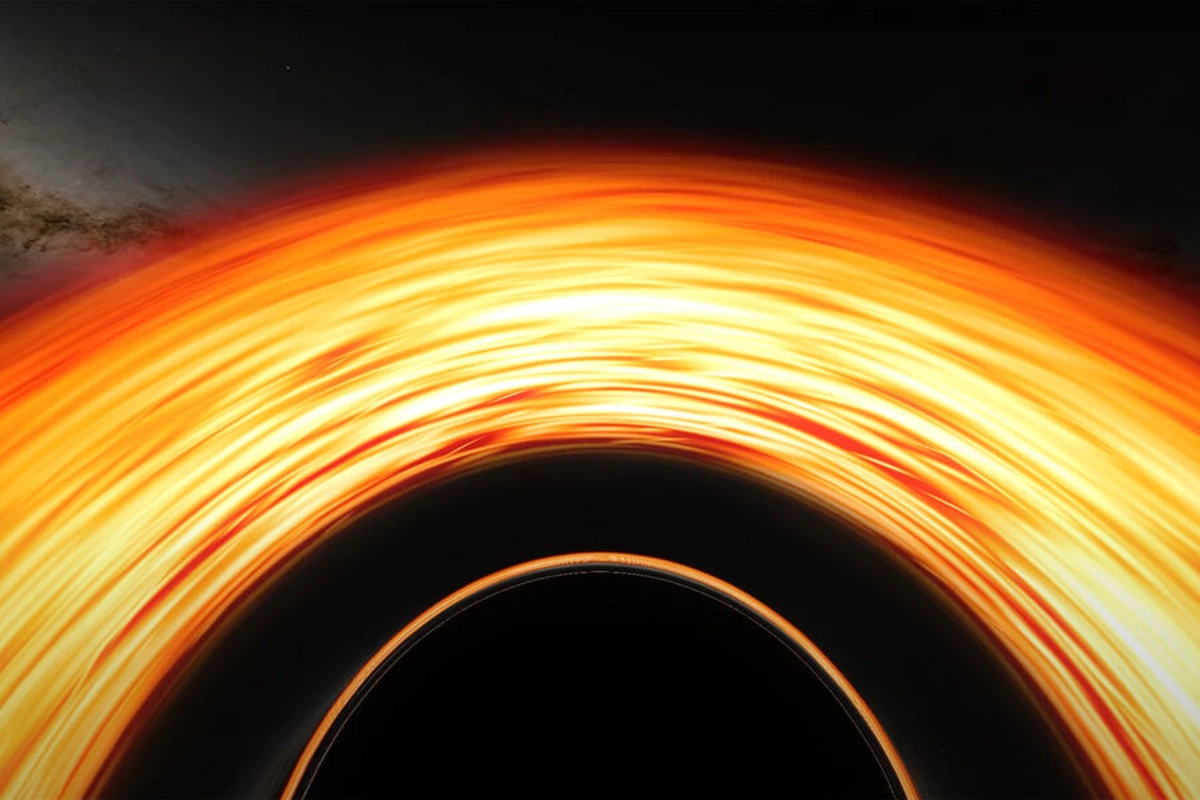The mystery of the origin of black holes has been solved

Astrophysicist Jonathan Tan from the University of Virginia has proposed a new theoretical model explaining the origin of supermassive black holes - objects whose mass exceeds the Sun's mass by millions and billions of times and which are located at the centers of most large galaxies, including the Milky Way. The work is published in the Astrophysical Journal Letters (AJL).
According to the "Pop III.1" model, all such black holes originated as remnants of the first stars in the Universe - the so-called Population III.1 stars. These stars, according to the hypothesis, reached colossal sizes thanks to energy from dark matter annihilation. The theory has already explained a number of unexpected discoveries made by the James Webb telescope, including the presence of supermassive black holes in the distant and early Universe.
Tan put forward a new prediction: such supermassive stars could rapidly ionize hydrogen in the Universe, emitting bright flashes that marked their birth. This additional early stage of ionization, preceding that caused by ordinary galaxies, may help resolve key contradictions in modern cosmology, including the so-called "Hubble tension," the "dynamic dark energy" hypothesis, and anomalies in neutrino mass estimates.
Professor Richard Ellis from University College London called the work elegant and noted that it could explain the two-stage process of star formation and ionization in the early Universe. According to him, the first stars could have formed in a short and bright flash, and what we see with Webb is already the "second wave."
Similar News
As a result of the traffic accident, a well-known beauty died
Vice-Miss Russia 2017 and Miss Universe 2017 contestant Ksenia Alexandrova died after a terrible accident in Tver region. The accident occurred on July 5, 2025,...




 Azərbaycanca
Azərbaycanca  По-русски
По-русски  English
English 





